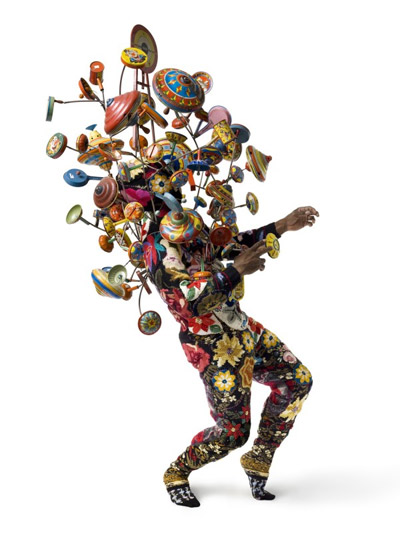(Mostly) Vintage Images of Queer Visibility

Something old, something new, something borrowed, something blue: there’s a bit of everything on the “queer” Flickr set, which focuses heavily on vintage images of the gay movement. Gwen at Sociological Images makes some interesting observations about the 1970s protest image shown above:
Given that since the anti-gay-marriage Prop 8 passed in California in November, many people have argued that a) the African American community is particularly homophobic and voted against the bill (so it’s Black people’s fault Prop 8 passed) or b) gay rights organizations have failed to reach out to the African American community and win their support (so it’s elitist gay people’s fault Prop 8 passed), both positions that imply that gay rights and African Americans are at odds, I found this photo from Philadelphia (in 1972) particularly striking as a reminder that African Americans often did and do support gay rights, and the gay rights movement has often actively included them… oh yeah, and also there are gay Black people.
There’s some fantasy mixed in with reality in this Flickr set, too. The set owner tacks amusing observations onto a 1918 Navy recruitment poster, digs up some lurid pulp covers and includes a lot of maybe-queer vintage portraits side-by-side with ones that are undeniably genuine. The set’s a wealth of information, too. The photos are lovingly annotated, so that you can branch off and start learning more. We’re introduced to photographer Grace Moon, dancer Alvin Ailey, comedian Wanda Sykes, and many more. There are hundreds of sets like this all over the web, and I can’t say what drew me to this one in particular enough to blog about it. But I think it’s the warmth. There are so many images here of people who look genuinely happy to be together, a glowing tenderness that runs through almost all the images collected here. At the end of the week – after that horrible “Storm is Coming” anti-gay marriage ad here in the states, and the recent reports of a wave of homophobia-driven murders in Iraq – it’s important to remember that the fight is far from over.











